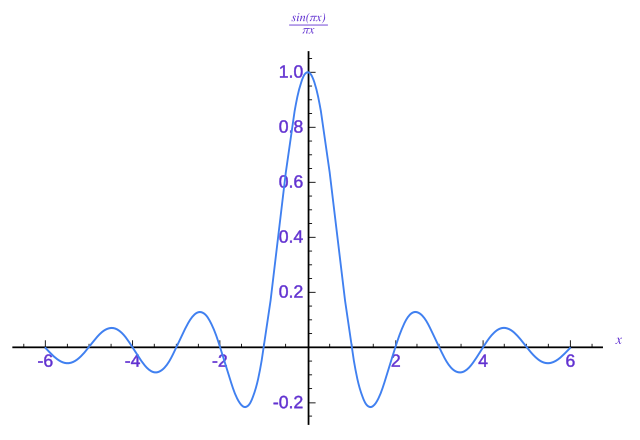Rectangular function - Wikiwand
The rectangular function (also known as the rectangle function, rect function, Pi function, Heaviside Pi function,[1] gate function, unit pulse, or the normalized boxcar function) is defined as[2]

Alternative definitions of the function define 
Its periodic version is called a rectangular wave.
The rect function has been introduced by Woodward[6] in [7] as an ideal cutout operator, together with the sinc function[8][9] as an ideal interpolation operator, and their counter operations which are sampling (comb operator) and replicating (rep operator), respectively.
The rectangular function is a special case of the more general boxcar function:
where 




 function (i.e.
function (i.e.  ) with its spectral frequency components.
) with its spectral frequency components.The unitary Fourier transforms of the rectangular function are[2]





For 
We can define the triangular function as the convolution of two rectangular functions:
Viewing the rectangular function as a probability density function, it is a special case of the continuous uniform distribution with 
and its moment-generating function is
where 
The pulse function may also be expressed as a limit of a rational function:
Demonstration of validity
First, we consider the case where 




It follows that:
Second, we consider the case where 




It follows that:
Third, we consider the case where 
We see that it satisfies the definition of the pulse function. Therefore,
The rectangle function can be used to represent the Dirac delta function 

























